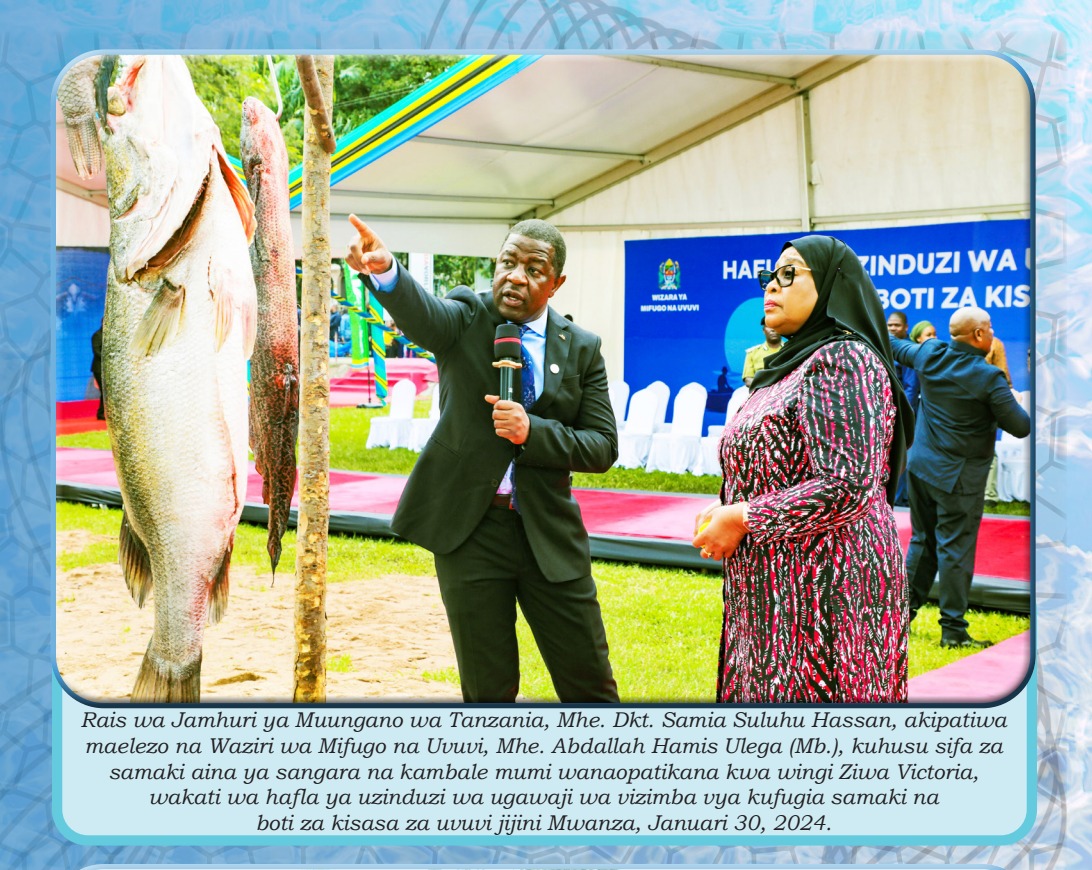ocean’s Bounty or Pandora’s Box? Reassessing the True Cost of Deep-Sea Mining
Kilimokwanza.org Team
As the race to meet the growing demand for precious minerals intensifies, the allure of the deep sea’s hidden riches becomes ever more enticing. Minerals such as nickel, cobalt, manganese, and copper, crucial for everything from electric vehicle batteries to renewable energy technologies, lie in abundance on the ocean floor. These resources have sparked a global interest in deep-sea mining (DSM), a venture that promises to unlock new frontiers of resource extraction. Yet, a comprehensive report by The Ocean Foundation urges caution, highlighting a myriad of challenges that cast doubt on the economic viability and environmental sustainability of DSM.
The Technical Gauntlet
The dream of harvesting the ocean’s mineral bounty is tempered by formidable technical challenges. The deep sea, with its crushing pressures, pitch darkness, and cold temperatures, presents an environment as alien and hostile as outer space. Recent trials in international waters have underscored these difficulties, with significant technological setbacks marring efforts to collect minerals from the deep. Experts in marine engineering and oceanography emphasize that the unpredictability of deep-sea conditions complicates mining operations, increasing the risk of failure and unexpected costs.
Financial Tides
Beyond the technical hurdles lies a turbulent financial landscape. The Ocean Foundation’s report critically examines the optimistic financial models underpinning DSM ventures, revealing a foundation built on shaky ground. Assumptions of ever-growing demand for deep-sea minerals fail to account for the volatile nature of global metals markets. For instance, despite exponential growth in electric vehicle production, the anticipated increase in cobalt prices has not materialized, challenging the economic rationale for deep-sea extraction.
Environmental and Sociocultural Storms
The potential environmental impacts of DSM are perhaps the most concerning aspect of this endeavor. Disturbing the ocean floor threatens to disrupt untouched ecosystems, with unknown consequences for biodiversity and marine life. These environmental risks are compounded by sociocultural considerations, notably the opposition from Indigenous communities and environmental organizations. The report underscores the importance of weighing these factors carefully, pointing to the long-term ecological and social costs that could far outweigh short-term economic gains.
Navigating Uncertain Waters
As the International Seabed Authority and nations around the globe ponder the future of DSM, the need for robust, comprehensive regulations has never been clearer. The current patchwork of national and international guidelines falls short of addressing the complex challenges DSM poses. Legal experts and environmental advocates call for a cautious approach, emphasizing the need for stringent environmental safeguards, liability mechanisms, and social protections to mitigate the risks associated with DSM.
Charting a Sustainable Course
Amid the growing scrutiny of DSM, the report also highlights the promise of alternative technologies and innovations. Advances in recycling, material science, and battery technology may soon diminish the demand for deep-sea minerals, offering a less invasive path to securing the materials necessary for a sustainable future. These developments signal a potential shift away from DSM, aligning with broader environmental and economic goals.
Conclusion: Weighing the Depths
The Ocean Foundation’s report, “Deep Seabed Mining Isn’t Worth the Financial Risk,” serves as a pivotal moment in the conversation about the future of mineral extraction. With the environmental, technical, and financial challenges of DSM coming into sharper focus, the call for a more cautious, informed approach to exploiting the deep sea’s resources grows louder. As the world stands at the crossroads of technological advancement and environmental preservation, the decisions made today will shape the legacy of our stewardship of the ocean’s vast, mysterious depths.
This exploration only skims the surface of the complex, multifaceted debate surrounding deep-sea mining. A more exhaustive analysis would involve engaging directly with the diverse array of stakeholders involved, from environmental scientists and mining engineers to Indigenous communities and policymakers. Such a comprehensive investigation is beyond the scope of this format but is essential for anyone seeking to fully understand the potential impacts and implications of deep-sea mining on our planet and its future.


